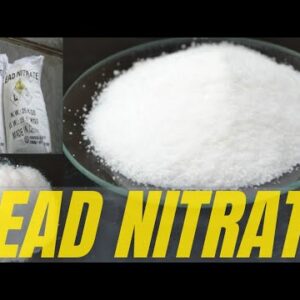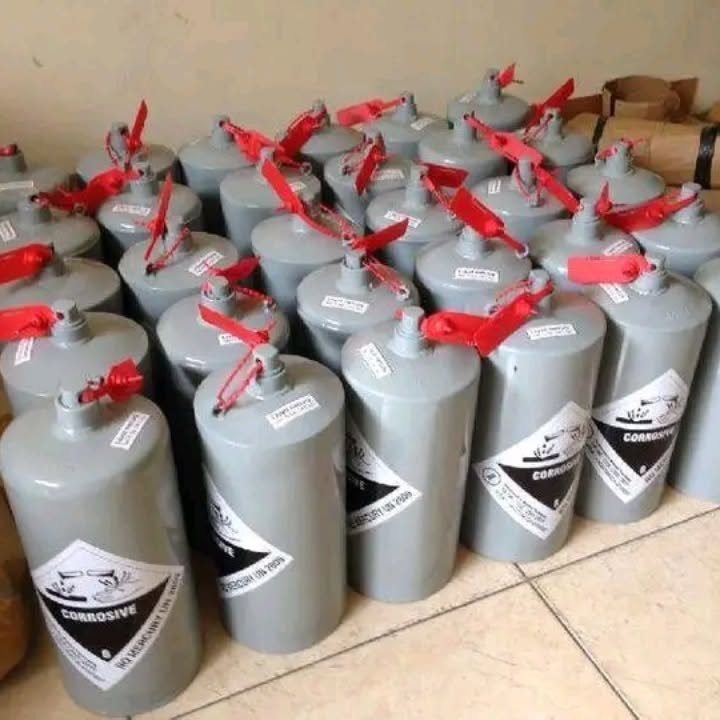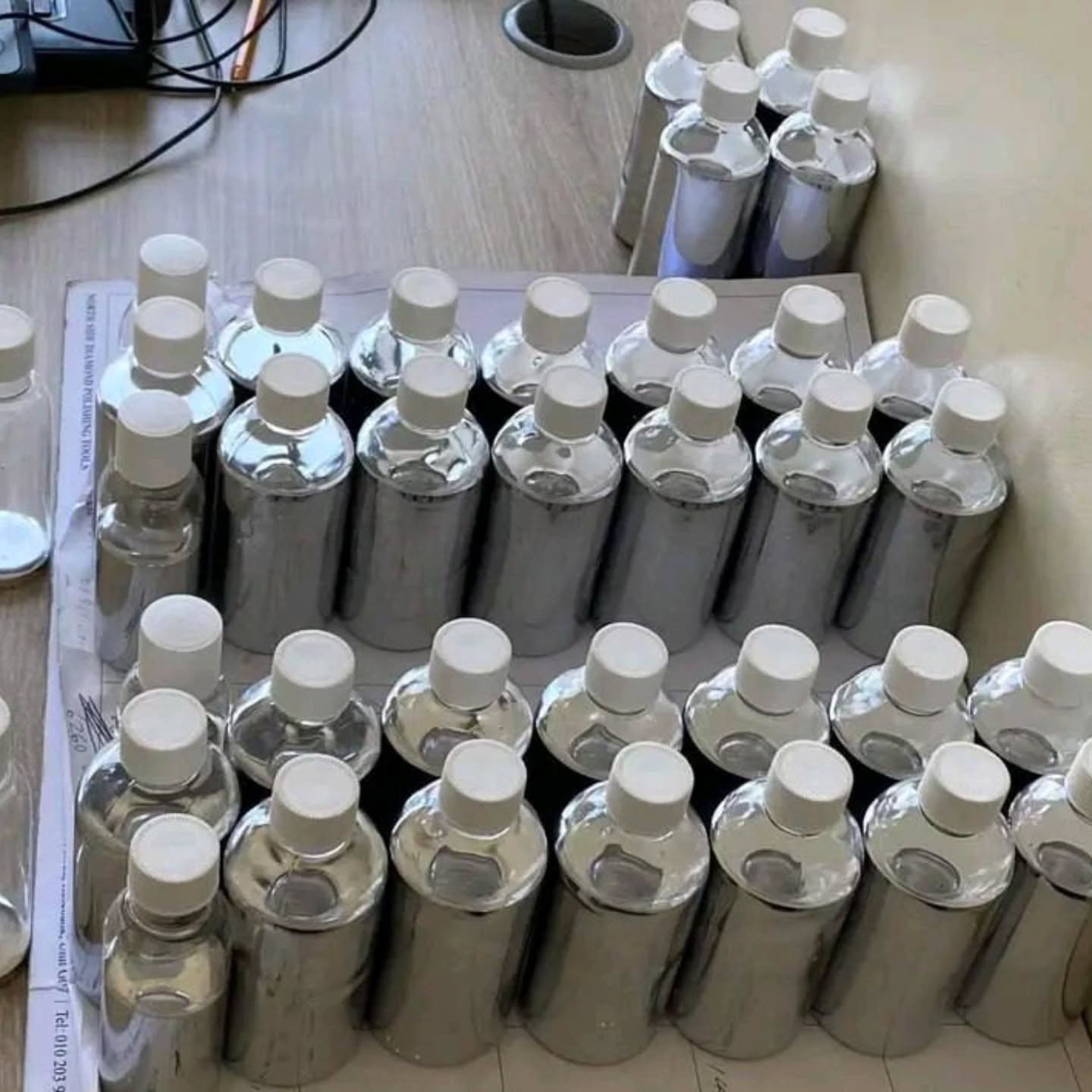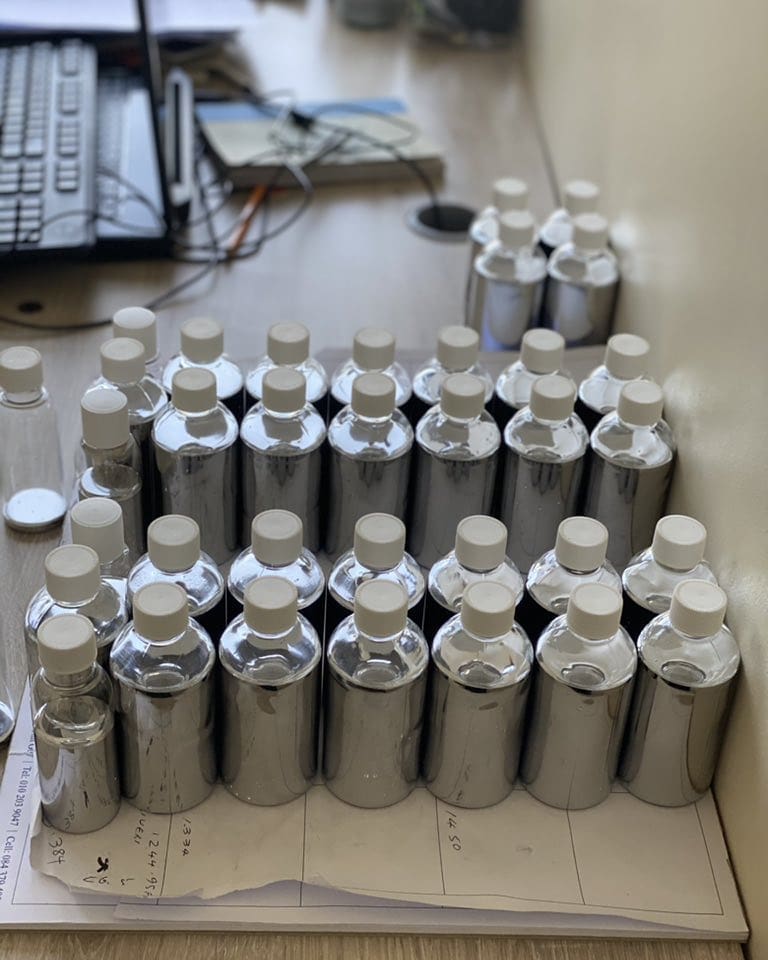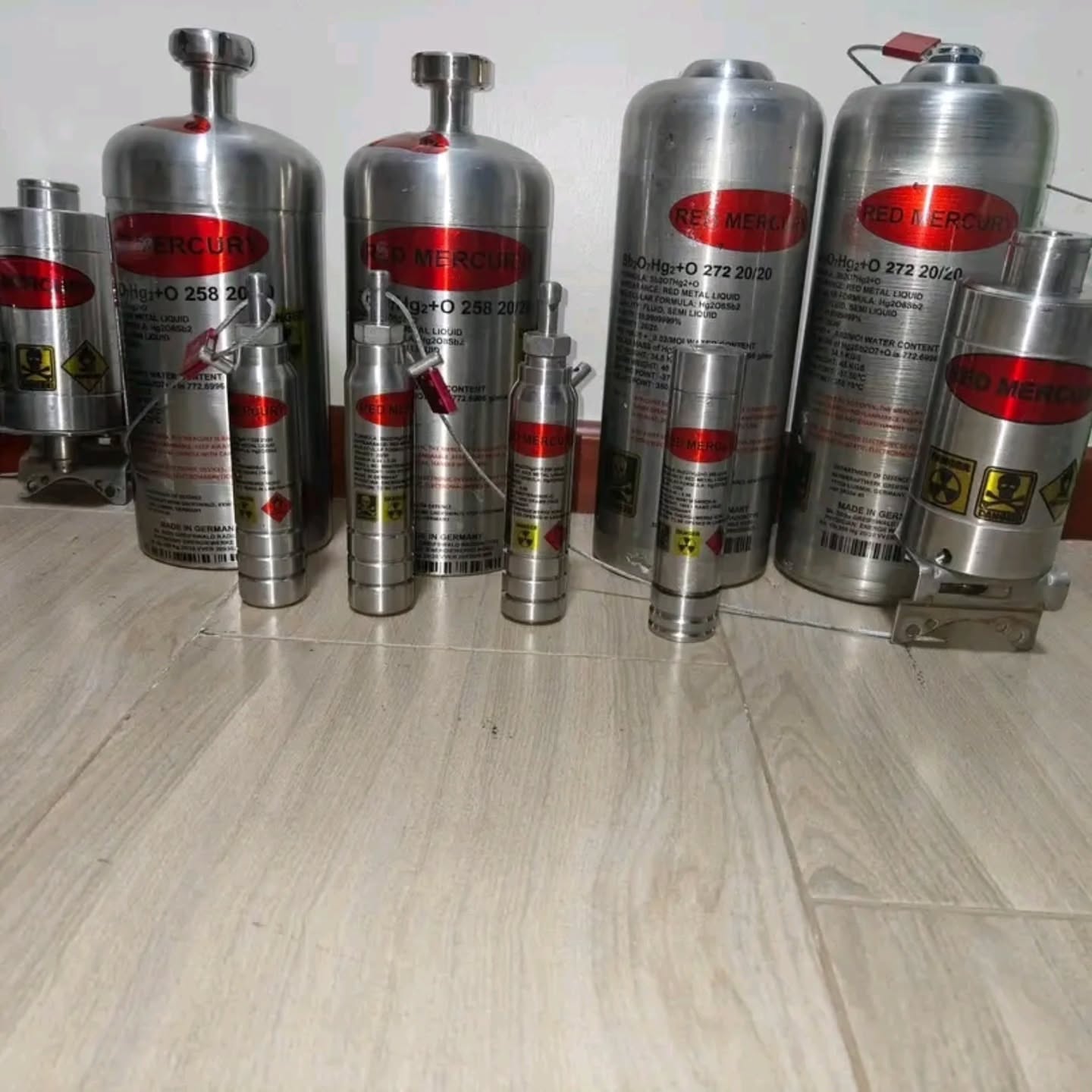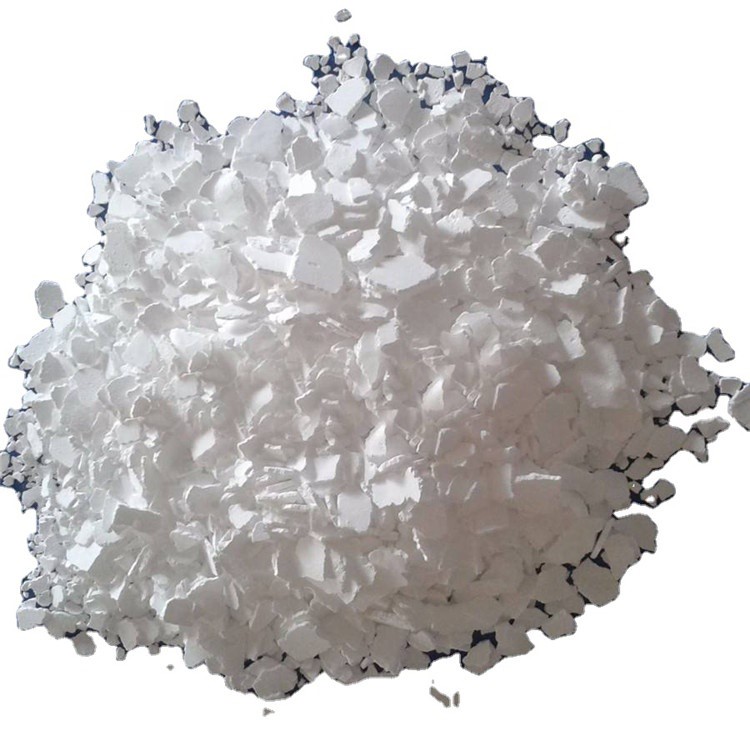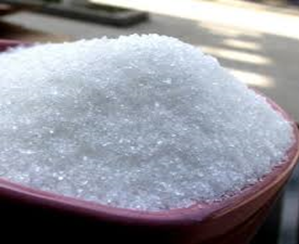Description
Mercury’s atomic number is 80, and it belongs to the transition metals on the periodic table. One of its most remarkable features is its liquid form under standard conditions, which is rare among metals. It has a high surface tension, causing it to form spherical droplets when spilled. Additionally, mercury is an excellent conductor of electricity and forms amalgams with many metals such as gold and silver, which has historically made it useful in various industrial applications.
In the past, liquid mercury was widely used in thermometers, barometers, fluorescent lamps, and dental amalgams. It also played a significant role in mining, particularly in extracting gold from ore using the amalgamation process. However, as awareness of mercury’s toxicity has increased, many of these uses have been phased out or heavily regulated.
Exposure to mercury can occur through inhalation of vapors, ingestion, or skin contact, leading to severe health effects. Mercury primarily affects the nervous system, causing symptoms like tremors, memory loss, mood swings, and cognitive dysfunction. Chronic exposure can lead to kidney damage and developmental problems in fetuses and children. Due to these dangers, mercury use is now tightly controlled in many countries under international agreements like the Minamata Convention on Mercury.
Environmental contamination is another concern. When mercury enters water bodies, microorganisms convert it into methylmercury, a highly toxic compound that bioaccumulates in fish and marine life, affecting ecosystems and food safety.
In conclusion, while liquid silver mercury has historically served vital roles in science and industry, its toxicity presents significant health and environmental hazards. Safer alternatives and stricter regulations have reduced its usage, but proper handling and disposal remain crucial to prevent harm. As we move toward greener and safer technologies, minimizing mercury use is an important step in protecting both people and the planet.
